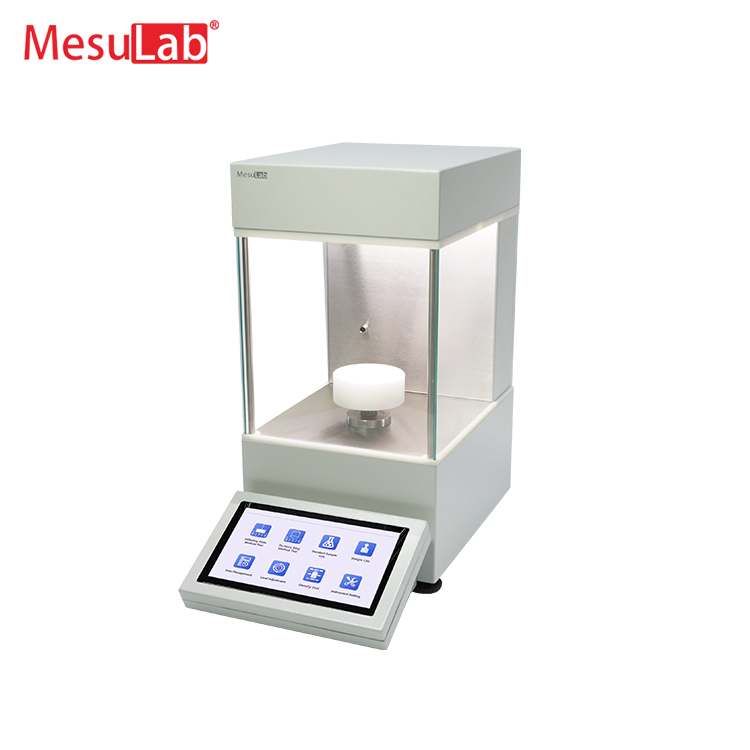Understand some knowledge of surface tension
Some basic knowledge of surface tension
What is surface tension?
We can explain the properties of liquid according to the mutual attraction between molecules. This intermolecular attraction is called molecular cohesion or van der Waals force. Surface tension, interfacial tension and similar phenomena are the basic physical phenomena used to explain molecular cohesion.
Specifically, the force on the surface of the molecules that make up the liquid will be different from that in the body. The forces on the molecules in the body are symmetrical and balanced. On the other hand, molecules on the surface are attracted by molecules in the body without reverse balance force. That is to say, it is subjected to a force that is pulled into the body. That is to say, try to reduce the surface area and make this unbalanced state tend to be balanced. According to thermodynamics, to reduce the surface energy of this system to a small zui, this force is called "surface tension", that is, the free energy per unit area (J/m2), that is, the low energy of zui required to form or expand the interface per unit area. Its value is consistent with the surface tension (N/m). Because of habit, surface tension is often used to express surface free energy, which plays a vital role in the physical and chemical phenomena of liquid surface. In daily life, the dew on the lotus leaf in the morning and the curved water surface in the cup are all surface tension phenomena.
Several commonly used methods for measuring surface/interface tension
First, the platinum plate method
When the sensing platinum plate is immersed in the measured liquid, the surface tension will act around the platinum plate, and the surface tension of the liquid will pull the platinum plate down as much as possible. When the surface tension of the liquid and other related forces are balanced with the balance force, the sensing platinum plate will stop immersing into the liquid. At this time, the balance sensor of the instrument will measure the immersion depth and convert it into the surface tension value of the liquid.
In the specific testing process, the testing steps of platinum plate method are as follows: (1) Dip the platinum plate into liquid gradually; (2) sen that balance value by an inductor in the state of being immerse in the liquid surface; (3) Convert the sensed balance value into a surface tension value and display it.
See the figure below:
Second, the platinum tour de France
Also known as du Nouy Ring method, du Nouy ring method, surface tensiometer by lifting ring method and surface tensiometer by disengaging ring method. The principle is as follows: (1) the white gold ring is gently immersed in the liquid; (2) Slowly lift the platinum ring upward, that is, the liquid level drops relatively, so that a liquid column is formed below the platinum ring, and zui is finally separated from the platinum ring. The platinum ring method is to sense a high value of zui, which is formed when the platinum ring is separated from the liquid sample. Because this method was used very early, the original surface tensiometer basically adopts this method, and many existing data are also measured by this method.
1. The white gold ring is suspended above the liquid surface and has been zeroed.
2. The platinum ring has just come into contact with the liquid surface, because the platinum ring is in contact with the film on the liquid surface at this time; At this time, the display screen begins to show the numerical value. (The displayed number is small or negative)
3. The white gold ring began to immerse into the liquid, and the displayed value began to increase due to the surface tension.
4. The immersion of the white gold ring in the liquid stops at 5mm, and the displayed value is the effect of the liquid on the surface tension of two wires connecting the white gold ring. (The value depends on the wire diameter)
5. Start slowly lowering the sample table.
6. The numerical value on the display screen is gradually increasing.
7. With the slow descent of the sample table, the white gold ring forms a column of liquid film on the liquid surface. At this time, the displayed value has reached zui.
8. The final white gold ring of Zui is separated from the liquid, and the liquid film is broken, and the displayed value decreases.
(The above two test methods are the most commonly used.)
Third, the maximum bubble method
Fourth, the rotating drop method
This method is suitable for measuring ultra-low interfacial tension, and its range is generally below 10mn/m..

